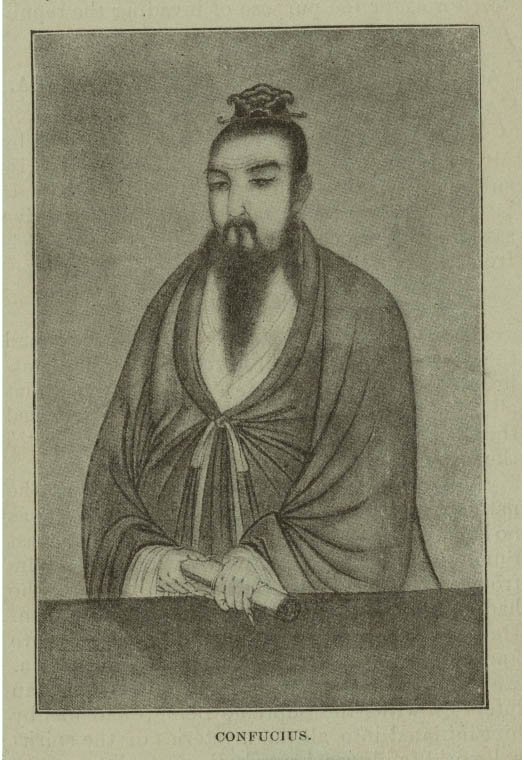Ancient Chinese Music Ceremony to Confucius
Ancient  Chinese Music, Ceremony to Confucius: Chinese music of the past can be divided into popular and religious. Of the two the latter is more ancient, and can be practically identified with the Confucian Ritual. The Chinese up to the 20th century had always jealously guarded the purity and the antiquity of their Ritual Music. In its performance they employed certain curious old instruments in a strikingly national way. All the “rubrics” in connection with their religious services were based on strict tradition, and a special board of officers saw to their proper observance.
Chinese Music, Ceremony to Confucius: Chinese music of the past can be divided into popular and religious. Of the two the latter is more ancient, and can be practically identified with the Confucian Ritual. The Chinese up to the 20th century had always jealously guarded the purity and the antiquity of their Ritual Music. In its performance they employed certain curious old instruments in a strikingly national way. All the “rubrics” in connection with their religious services were based on strict tradition, and a special board of officers saw to their proper observance.
The ceremonies which we may group together under the heading” ritual” were devoted to the worship of Heaven and Earth at the winter and summer solstices respectively, and of Confucius, with other departed saints and prophets, during the spring and autumn. The emperor was the president of the “Society of the Learned” under whose authority these festivals were held. He was always present in person, or at any rate fictitiously supposed to be present. The actual Confucian Ceremony at Peking took place in the vast temple dedicated to the memory of the sage, and was conducted with great splendor and solemnity.
The main features of musical interest were the slow” Guiding March” (tao-yin), which took the emperor from and back to the second gate of the temples, and the “Hymn to Confucius.”
Hymn to Confucius
The Hymn was the only one sung while the emperor was actually at the shrine. It consisted of six strophes, four of which were accompanied by slow ceremonial dancing. Each, strophe was made up of thirty-two long tones in the “white-note” scale of A-minor: each began with the four notes A-C-D-E, and ended on the tonic. It must be noted, however, that the actual lu in which the Hymn was sung varied according to the lunar calendar. It is a matter not of musical but of astronomical ordinance.
To Chinese ears and voices this was not of great importance; though one cannot help speculating what would be the feelings of an English Cathedral Choir if, when rehearsing for some special service, they received a preliminary order from the Astronomer Royal that all the music was to be transposed up a perfect fifth!
The instrume ntal accompaniment was ancient and curious. Each strophe started by a single heavy metal bell, which was immediately answered by a heavy stone-chime; two instruments which always work in pairs. The tune itself was played by small gong-chimes combined with small stone-chimes, plucked string-instruments, flutes, ocarinas, clappers, and “sheng.” At the end of the verse a drum was beaten three times and answered by two other drums. After the sixth strophe the “tiger-box” (modern equivalent of tiger box) was beaten three times. Then followed the second performance of the Guiding March. These musical details need to be heard to give them life. When heard under the conditions of a solemn night-festival they were said to be extraordinarily impressive.
ntal accompaniment was ancient and curious. Each strophe started by a single heavy metal bell, which was immediately answered by a heavy stone-chime; two instruments which always work in pairs. The tune itself was played by small gong-chimes combined with small stone-chimes, plucked string-instruments, flutes, ocarinas, clappers, and “sheng.” At the end of the verse a drum was beaten three times and answered by two other drums. After the sixth strophe the “tiger-box” (modern equivalent of tiger box) was beaten three times. Then followed the second performance of the Guiding March. These musical details need to be heard to give them life. When heard under the conditions of a solemn night-festival they were said to be extraordinarily impressive.
